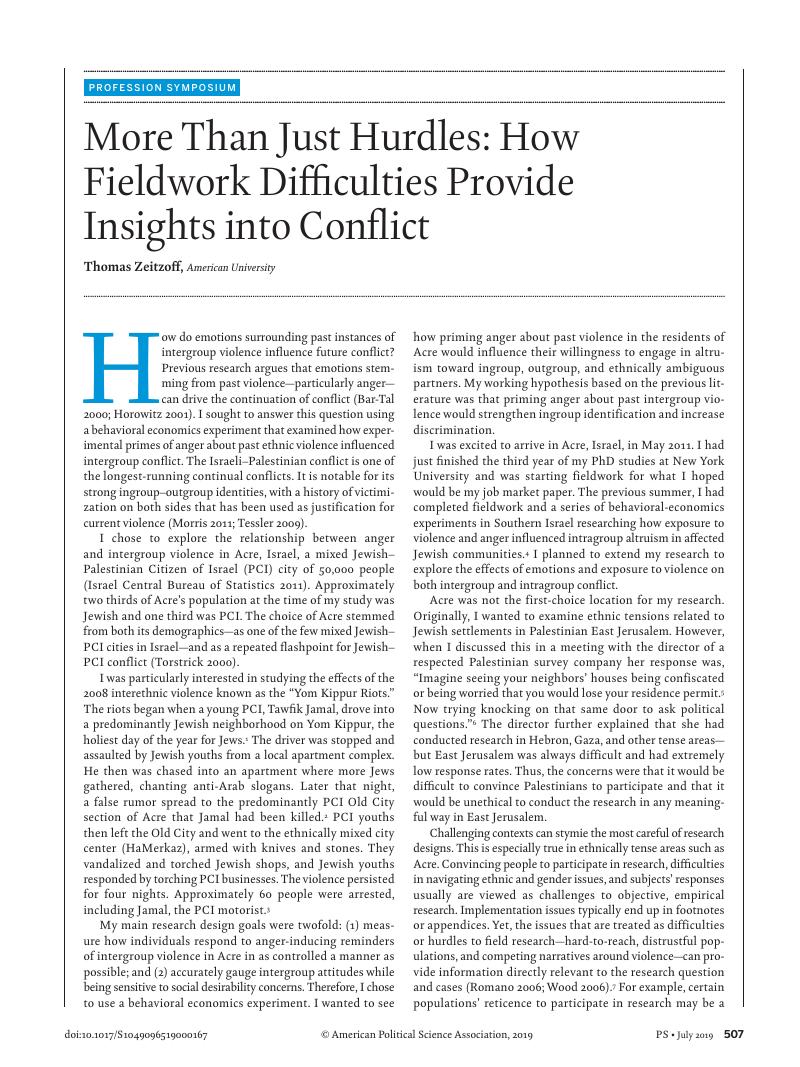Crossref Citations
This article has been cited by the following publications. This list is generated based on data provided by Crossref.
Wheeler, Deborah L
2023.
Quick immersions and the study of Middle East politics.
International Area Studies Review,
Vol. 26,
Issue. 2,
p.
125.



